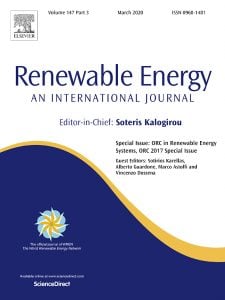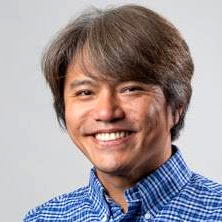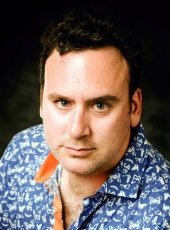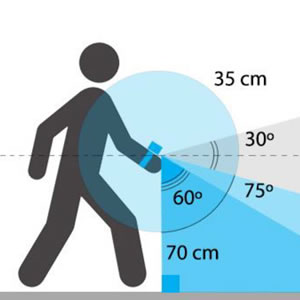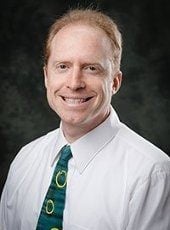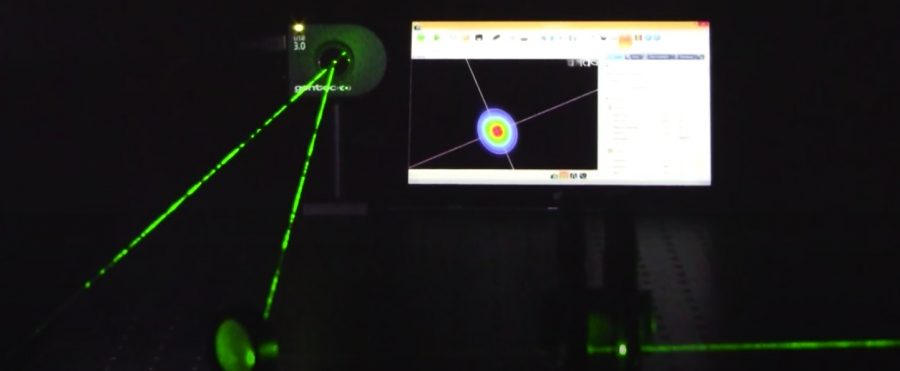
Chris Middlebook (ECE) was one of the winners of the Gentec-EO Laser Lab Awards. Middlebrook won a Beamage-4M laser beam profiler.
The Gentec-EO Laser Lab Awards contest aims to support optics laboratories in universities and colleges in the United States. Its goal is to ensure students have access to the same quality measurement instruments that are used today in the industry.


